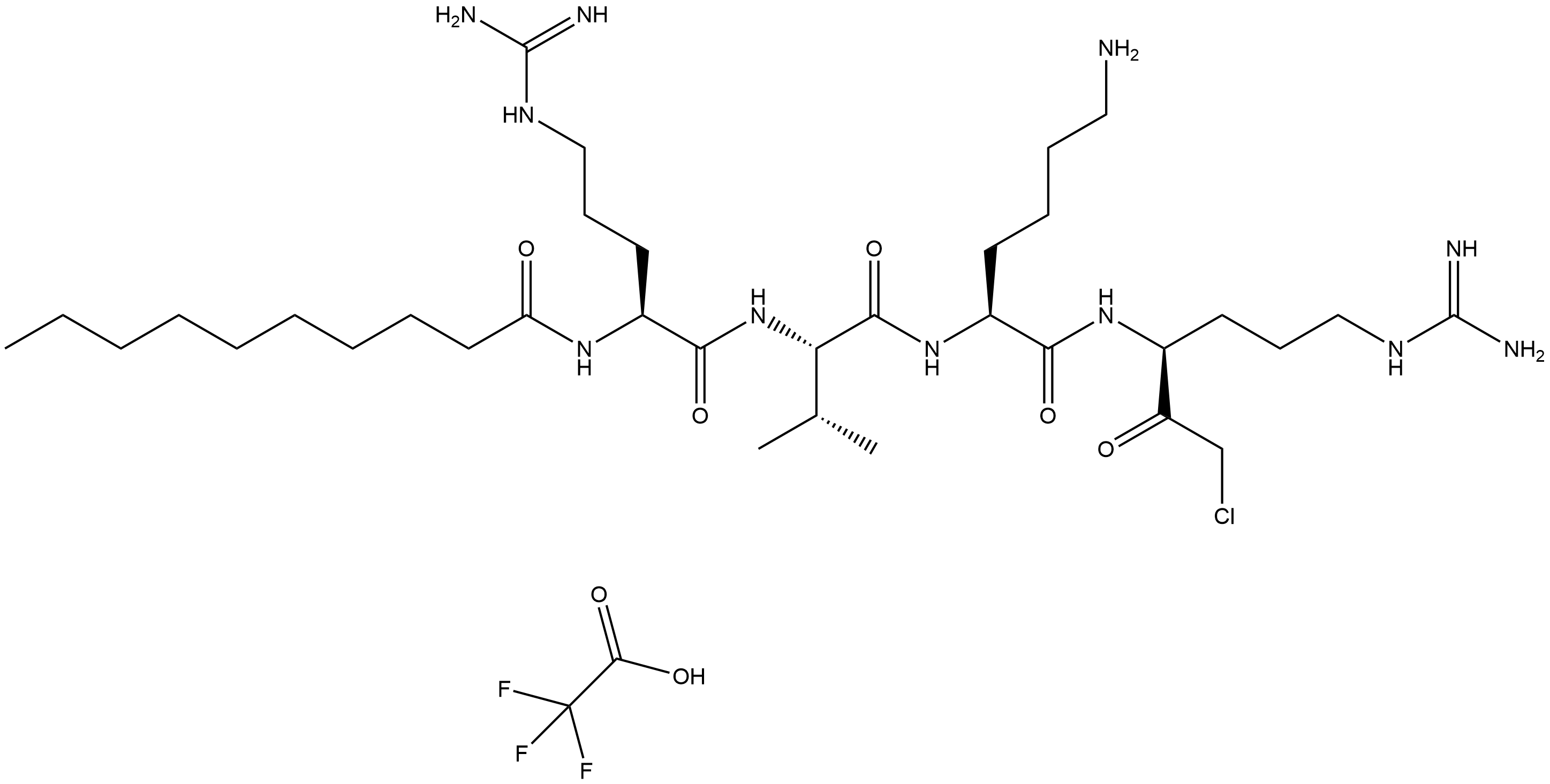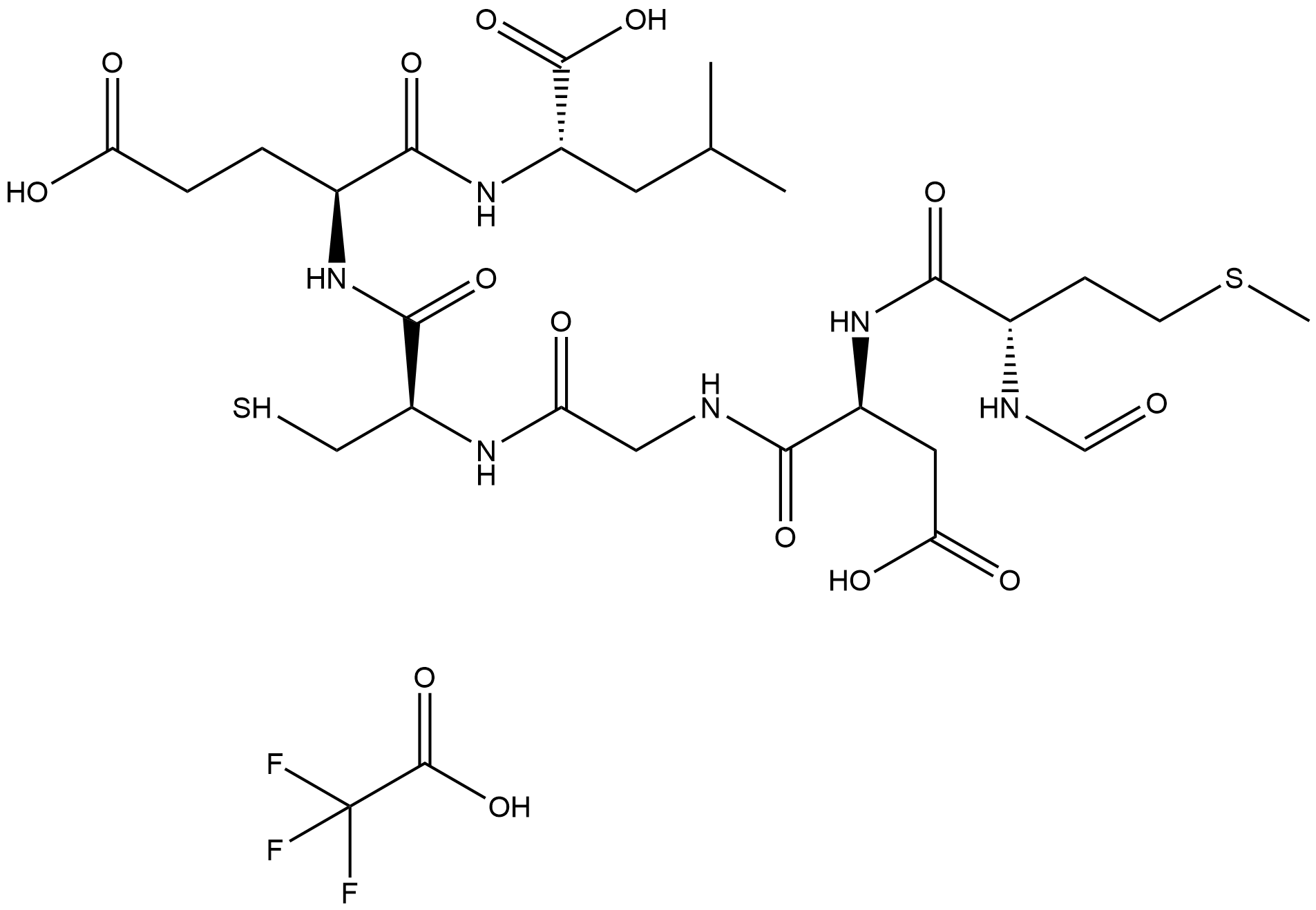Amino Acids & Peptides

Amino acids are fundamental organic molecules with a common structure: an amino group (–NH₂), a carboxyl group (–COOH), and a side chain (or R group) that differs their properties. 20 α-amino acids are commonly found in proteins, serving as protein building blocks. Some of less common amino acids also have important functions, serving either as constituents of proteins (through modification of common amino acid residues after protein synthesis) or as metabolic intermediates. As amino acids are essential for life, they are used as supplements in cell culture media and as key materials for metabolic studies. Uncommon or modified amino acids are utilized in drug development.
Amino acids can be covalently joined through a peptide bond, formed by dehydration from the α-carboxyl group of one amino acid and the α-amino group of another via condensation reaction, allowing them to polymerize into peptides and proteins. Molecules called peptides generally have molecular weights below 10,000, whereas those called proteins have higher molecular weights. Mainly derived from natural sources or their analogs, peptides exhibit diverse biological activities (antimicrobial, antiviral, antioxidant, immunomodulatory) with high target affinity, stable efficacy, low immunogenicity, and minimal toxicity. Advances in biotechnology and synthesis have expanded their applications in disease research, drug development, and vaccine development. Clinically, peptide-based drugs now address cancer, hepatitis, diabetes, and HIV/AIDS.
-
 C8594 CREKA peptideSummary: A short peptide with self-assembly properties
C8594 CREKA peptideSummary: A short peptide with self-assembly properties -
 C8659 CREKA peptide TFASummary: A short peptide with self-assembly properties
C8659 CREKA peptide TFASummary: A short peptide with self-assembly properties -
 C8660 Decanoyl-RVKR-CMK TFASummary: A broad-spectrum proprotein convertase (PCs) inhibitor
C8660 Decanoyl-RVKR-CMK TFASummary: A broad-spectrum proprotein convertase (PCs) inhibitor -
 C8662 Foxy-5 TFASummary: A Wnt5a peptide mimetic
C8662 Foxy-5 TFASummary: A Wnt5a peptide mimetic -
 C8665 Brain Natriuretic Peptide-45, mouse (TFA)Summary: A circulating form of mouse brain natriuretic peptide
C8665 Brain Natriuretic Peptide-45, mouse (TFA)Summary: A circulating form of mouse brain natriuretic peptide


